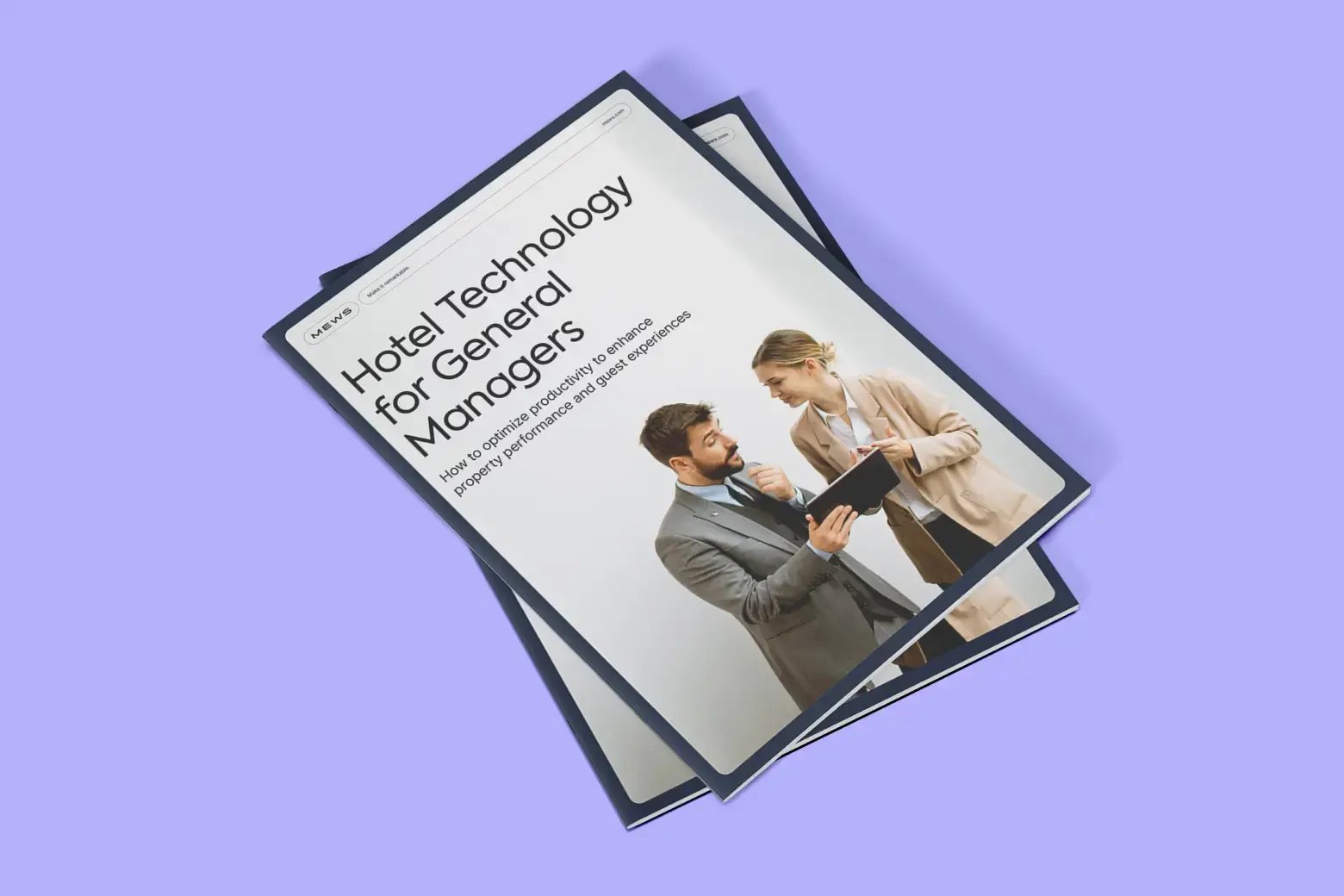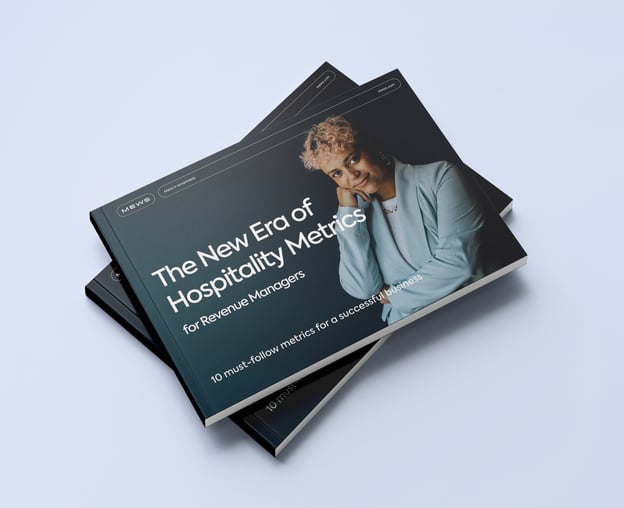As a revenue manager, you already have a good sense of your property’s performance.
However, balancing pricing strategy to meet commercial goals requires you to work with sales, marketing and operations. That’s a lot of people spending a lot of time in meetings. Sounds a bit draining. What if we gave you a cheat sheet that makes your job easier?
After all, revenue management revolves around the numbers. Data empowers you to make operational decisions. Knowing which metrics are the most important, therefore, is vital.
Table of contents
New revenue management metrics
Technology has changed not only what’s possible, but what’s measurable. A new generation of hospitality metrics has emerged and revenue managers who adapt fast stand to see the biggest rewards.
So, what are these new metrics exactly?
RevPAM, not RevPAR
RevPAR gives you data from only one income source and is based on an occupancy rate that's also an incomplete representation. When you limit your revenue tracking to rooms, you only focus on one part of the guest journey: the room reservation.
RevPAM (revenue per available square meter) solves this problem. It’s a more flexible metric that allows you to analyze rooms only (which rooms have the best utilization to revenue ratio) or to track your entire hotel space.
🏆 Why it works
It’s a more holistic approach that captures more touchpoints like upselling – pre-stay and at your property – and F&B. You can boost RevPAM not only through room rates but through add-ons and experiences. It will shine a light on underperforming areas, too.
💡 Get inspired
Let’s say you identify that individual meeting spaces have the best RevPAM, while your conference room lags behind, making it the least efficient space.
The next step would be to adjust your marketing budget or introduce some operational changes. You may even decide to convert the conference room into another type of space – these are the kinds of insights that calculating RevPAM provides.
Revenue sources
It’s time to step away from the default mindset that your rooms are your only resource. To rely on a single source of revenue, such as rooms, increases the risk to your business should something beyond your control impact the market. The most successful hotels create engaging, revenue-boosting spaces throughout the property, from rooftops to lobbies to F&B.
🏆 Why it works
It increases your customer reach, often into demographics that you may have previously struggled to attract. Visitors who enjoy a signature drink from your bar or a session at your gym are more likely to become repeat customers who also book other services and experiences.
💡 Get inspired
In the last two years, we’ve seen a huge boom in hotels offering additional bookable services.
These include:
- Parking spots – in 2023, The Julius generated €107,000 revenue from its 29 parking spaces.
- Meeting spaces – with hourly access, you can maximize your inventory and sell the same meeting room multiple times a day.
- Co-working spaces (often in transformed lobbies) – The Social Hub has 350 co-working spaces in one property.
- Day-use rooms (sold by the day and by the hour) – in its first few months, Compagnie Hôtelière de Bagatelle made €15,000 in additional day use revenue.
- Event spaces (weddings, exhibitions, work teambuilding) – in just one month, Pierres d’Histoire made €88,000 in wedding reservations.
- Health and fitness (opened up to visitors as well as guests) – a connected tech ecosystem lets you track all spending in a unified customer profile, even if they’re not an overnight guest.
Competitor comparison
Your comp set is a group of hotels that offer similar products and services to your target customers and compete for the same market share. Research your competitors with online tools such as STR reports, OTA websites and review platforms – you want to be looking for occupancy, ADR, RevPAR, ARI, MPI and RGI.
🏆 Why it works
Benchmarking your KPIs shows you how you compare and lets you identify any gaps or opportunities for improvement. It allows you to look beyond your hotel's data and understand broader market trends. This perspective is crucial, especially in times of global uncertainty.
💡 Get inspired
These are the three common areas to focus on as a revenue manager:
- Relative performance and market positioning
Are you and your competitors losing out on business because a big event got cancelled? Or are your rates just way too high? - Price elasticity
Getting the most complete picture of your market helps you form sustainable pricing strategies. - Getting ahead of competitors
Knowledge is power – what if you were the only hotel in the area with rooms left to sell on a specific date?
Grab your copy of the ultimate guide for revenue managers
Call us teasers, but what you saw – and hopefully enjoyed – was only a sneak peek into our guide, The New Era of Hospitality Metrics for Revenue Managers. In it, you’ll find 10 must-follow metrics and a list of powerful revenue management integrations for a successful business.

Author
Anuška Linc
Anu prefers unscrambling words over mincing them. Always punny, sometimes funny. You will find her if you want to in the garden unless it's pouring down with rain.

Essential hotel technology for general managers
Download now
Hospitality hot takes straight to your inbox


.webp)